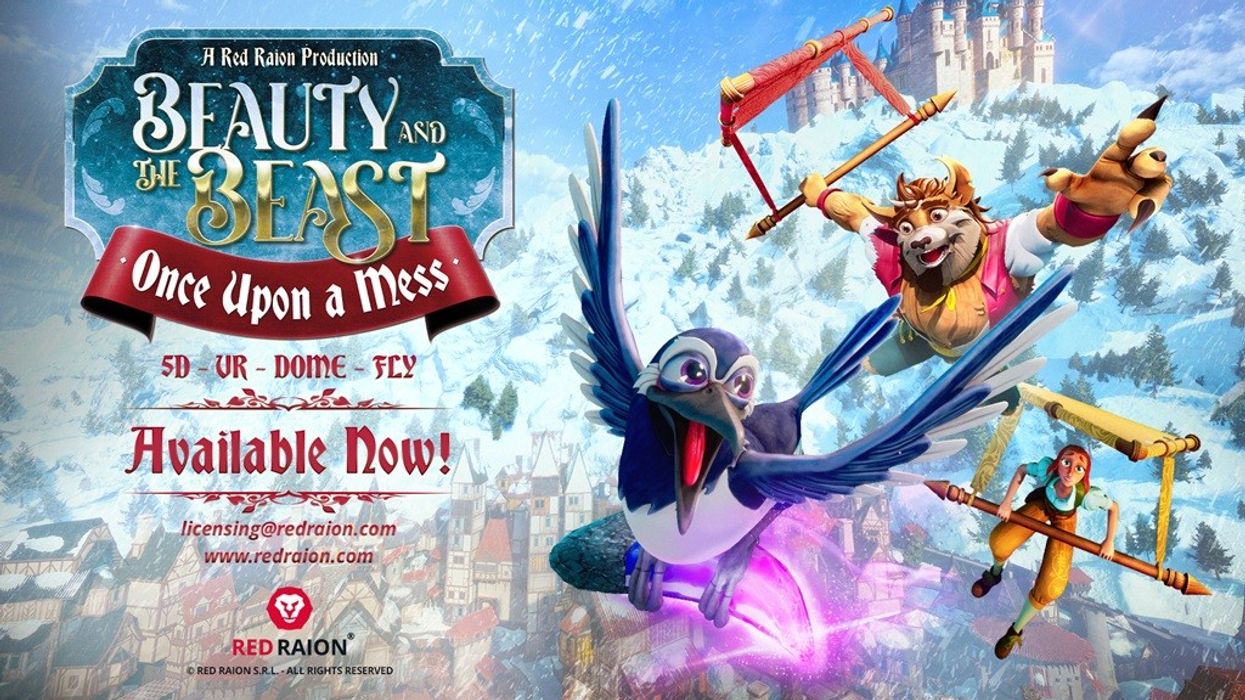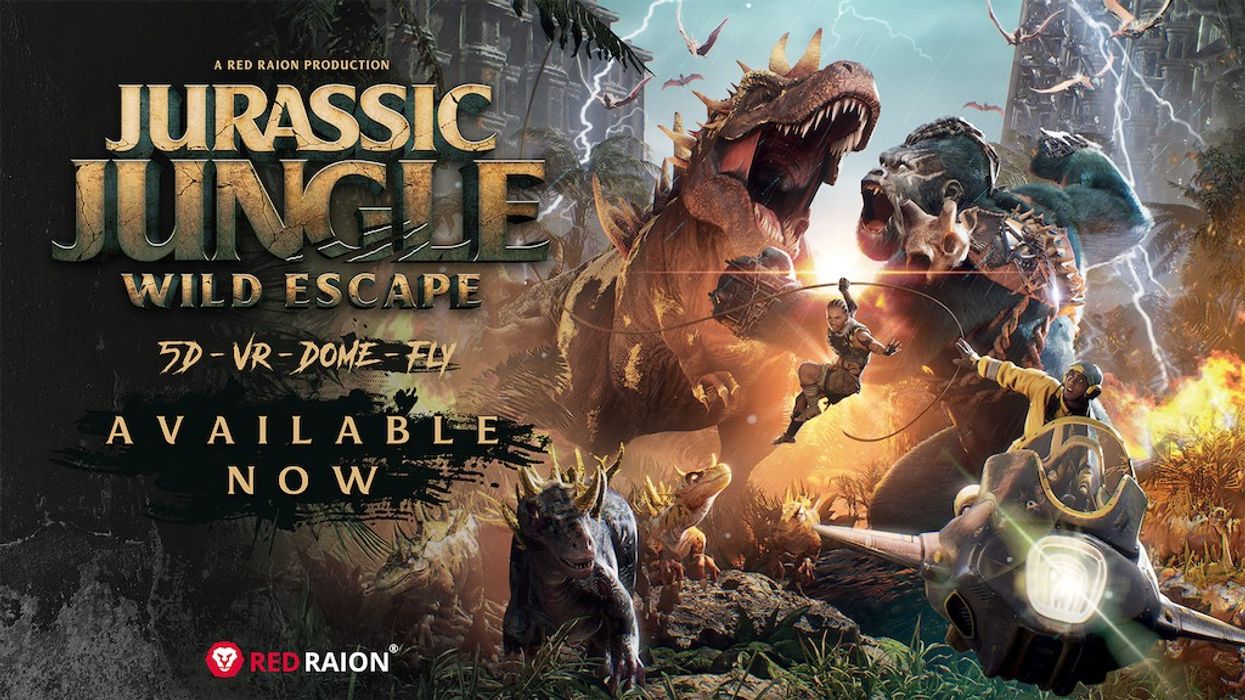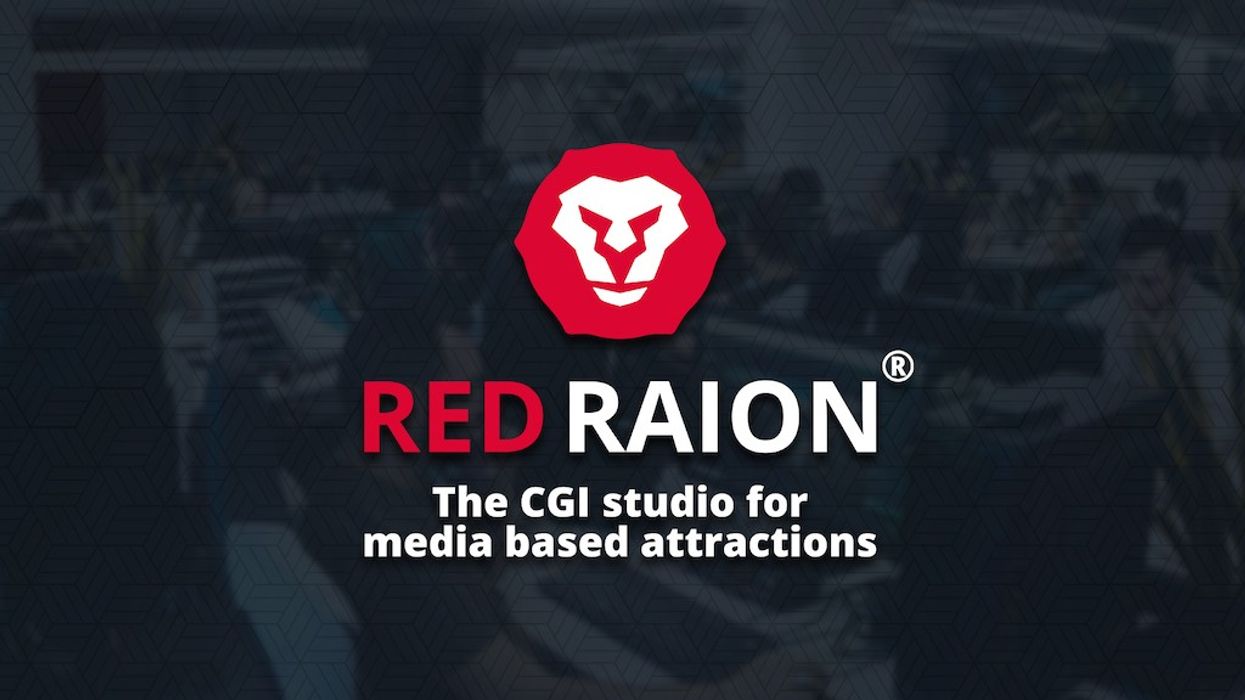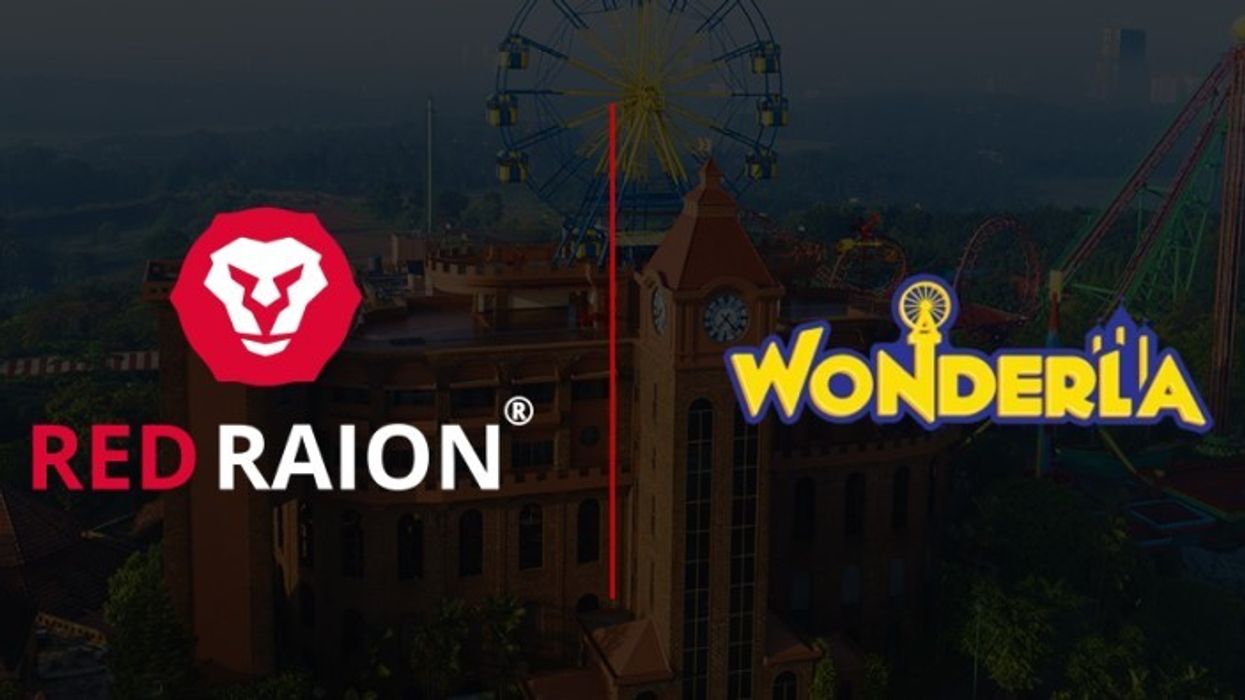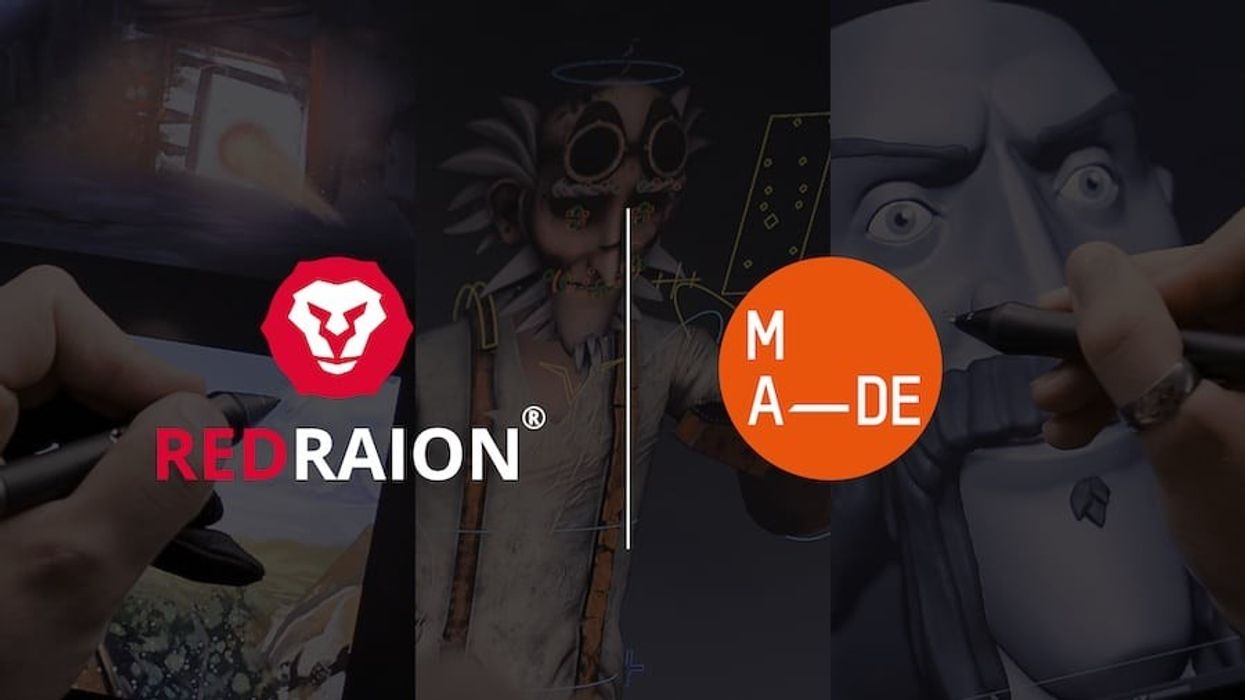The business of attractions, straight to your inbox!
Sign up to receive the industry’s most comprehensive news service directly to your inbox every day.
✅ Thank you! We’ve sent a confirmation email to complete your subscription.
Don’t miss out
Get the latest attractions industry news direct to your inbox, every day.
✅ Thank you! We’ve sent a confirmation email to complete your subscription.
Most viewed
Day
Week
Month
CGI
Computer-generated imagery (CGI) refers to images created using computer graphics and images improved using this technology. CGI images are commonly used in video games, simulators, and feature films. They can be used for still, moving, and 3D images.
When Toy Story was released in 1995, it was Pixar’s first CGI-animated feature film. Today, animation studios across the world use computer-generated imagery to create movies and attractions. For example, nWave Pictures, an independent European studio which produces animation for 2D, 3D and 4D showings. In addition, studios known for their productions using traditional animation methods have integrated CGI into their toolkit. Famed claymation studio Aardman has produced its children’s animated series Lloyd of the Flies using computer-generated imagery.
Computer-generated imagery is also utilised in a wide range of applications at theme parks and other media-based visitor attractions. Red Raion, for example, specialises in CGI content for visitor attractions, including those with a strong theme or IP. The studio creates content across a range of formats, including VR, 5D, Flying Theater, immersive tunnels, simulators, VR roller coasters, and Dome formats in their portfolio.
Examples of CGI projects for attractions include a CGI film of beluga whales. This was presented in dome format at SEA LIFE centres across the world. In this experience, visitors encounter two animated whales, Little Grey and Little White, who play in their virtual environment and swim around the viewers. This project created a sense of connection, which in turn boosted both awareness and engagement.
As CGI has become more prevalent, companies have become able to apply the technology across their activities. Firms such as movemotions can provide CGI imagery for promotional purposes, such as queue line videos, employee training, corporate videos, and advertising.
Don’t miss our
FREE daily newsletter
Get the latest attractions industry news direct to your inbox, every day.
✅ Thank you! We’ve sent a confirmation email to complete your subscription.
CGI features
Recent
blooloop is taking climate action and is now B Corp Certified.Sustainability strategy

Become part of the blooloop community:Work with us
